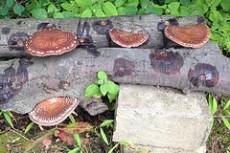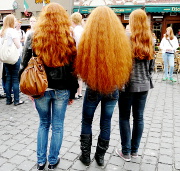The ninth largest gas field in the world is located under the Dutch province of Groningen and extensive exploitation has led to an instability of the ground. In 2015 local comedy duo Maartje & Kine wrote this parody of a famous rhapsody in which they lament the troubles the region has seen.
 The lyrics are in Dutch, but you could try your luck with YouTube’s automated translation. Here are some quotes to get you going.
The lyrics are in Dutch, but you could try your luck with YouTube’s automated translation. Here are some quotes to get you going.
“Open your eyes, look at your barn and see… [a crack].”
“Our cows only produce milkshake these days.”
“He is the minister, evil and sinister.”
Last month, Groningen was hit by a gas exploitation induced earthquake that registered 3.4 on the Richter scale. It was the strongest quake in Groningen since 2012 and the fifth quake that month. As a result, 3,000 citizens filed insurance claims, on top of the 100,000 claims made earlier.
(Illustration: partial screenshot of the video, YouTube / Maartje & Kine)

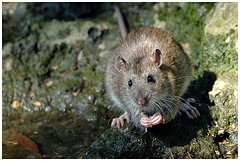
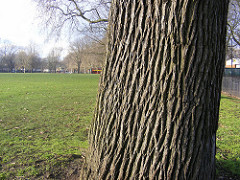
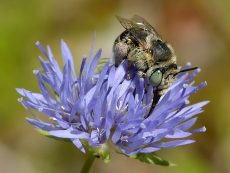

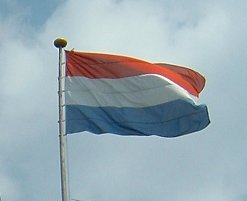
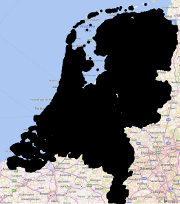 “I know my country is a crowded one”, starts
“I know my country is a crowded one”, starts 